The chain of lights shows the river’s corridor from Minya to New Bani Sewf City to the heart of Cairo.


The RoboBall project is based on the simple concept of a “robot in an airbag,” with two versions currently in development.

The new equilibrium, called a double helix, applies not only to the solar corona but also to much larger astrophysical configurations such as the Double Helix Nebula located near the center of the Milky Way galaxy.
The study is published in the journal Physical Review Letters.
Solar corona structures such as flares often have the form of magnetic flux ropes: twisted tubes of plasma-containing magnetic fields. Such a rope can be visualized as a plasma-filled garden hose with a stripe wrapped around it in a helical pattern. An electric current flows along the length of the hose, and the helical stripe corresponds to the twisted magnetic field. Because it is charged, plasma conducts electric currents and is attached, or “frozen,” into magnetic fields.
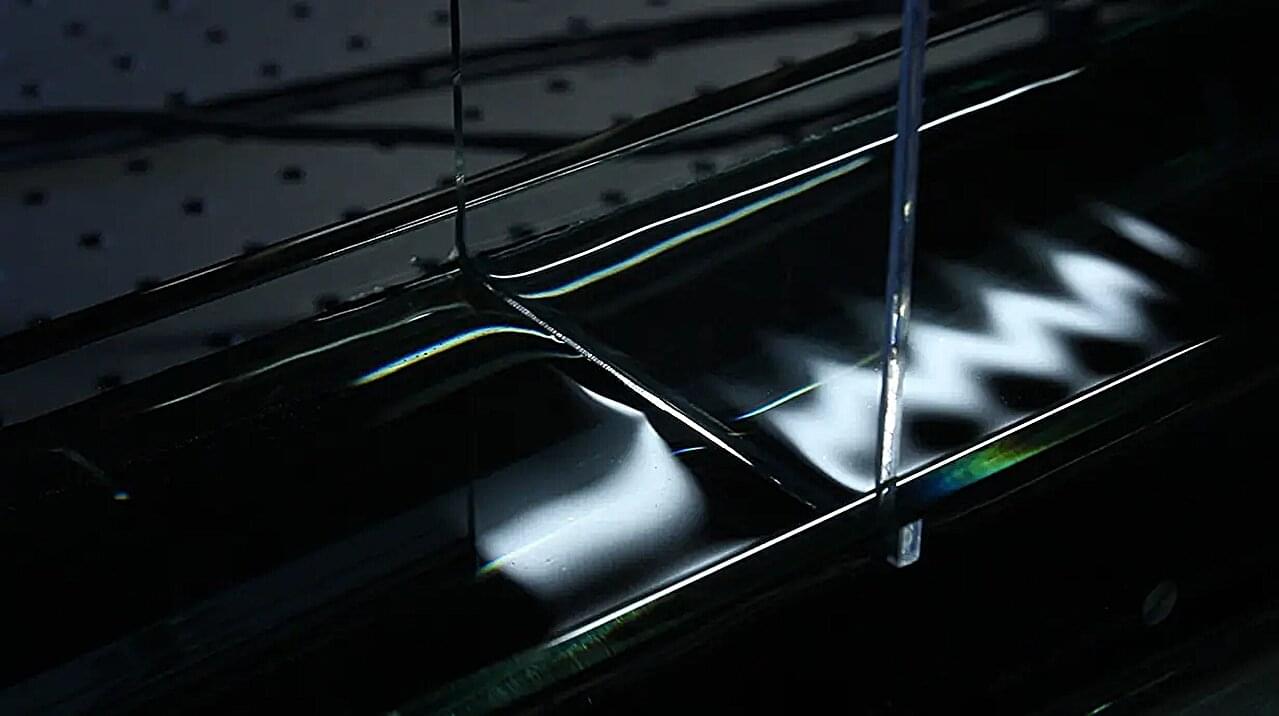
Two very different asteroid families may share the same ancient roots, linked by a rare mineral fingerprint and revealed through cutting-edge polarization studies
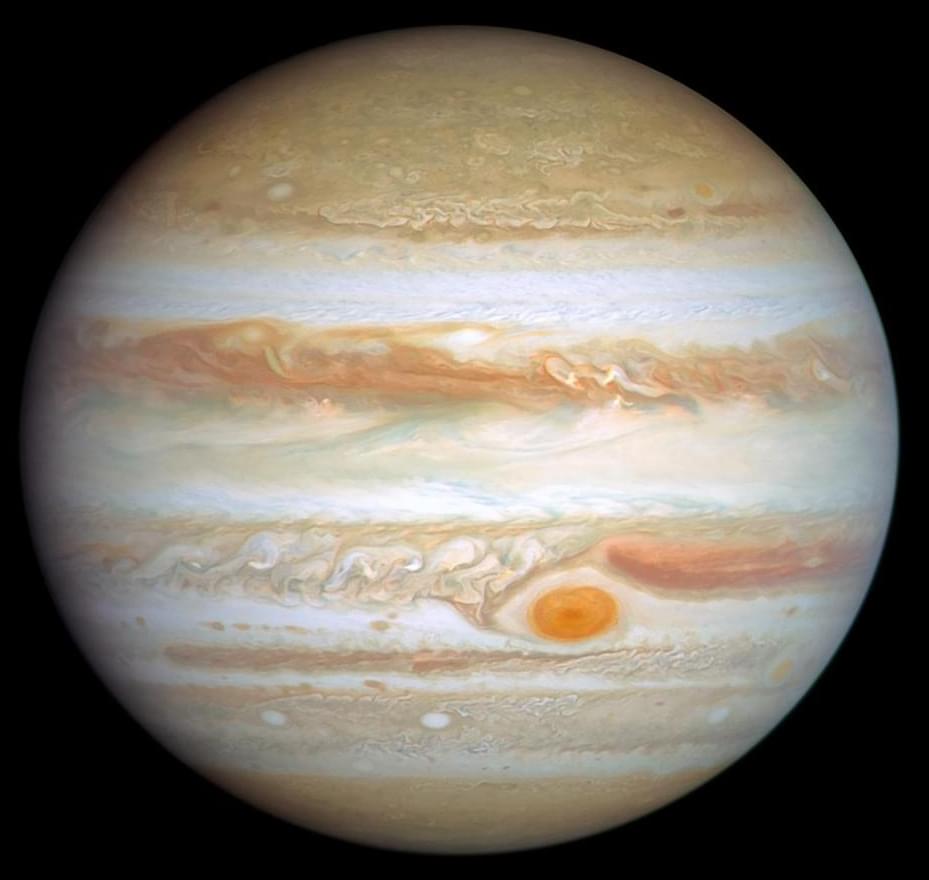
JMP offers a 30-day free trial for anyone, anywhere. Go to https://www.jmp.com/scishow to see the benefits of visual statistics for yourself.
Rocky bodies like moons, asteroids, and comets are chock full of resources, from water, to helium-3, to rare earth elements. But how can we access them? Some scientists have proposed using microbes to aid in the mining of certain metals.
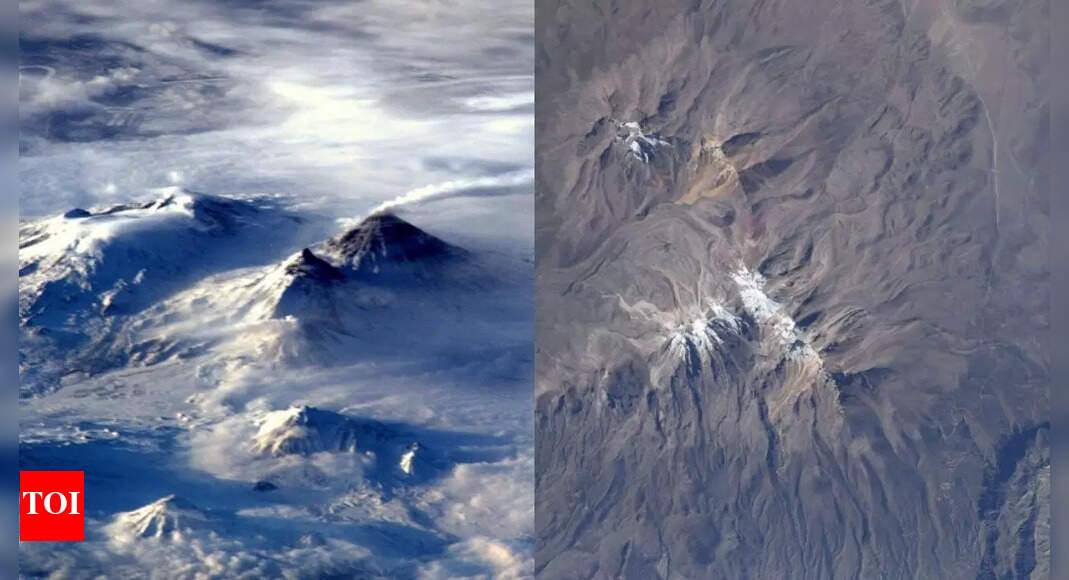
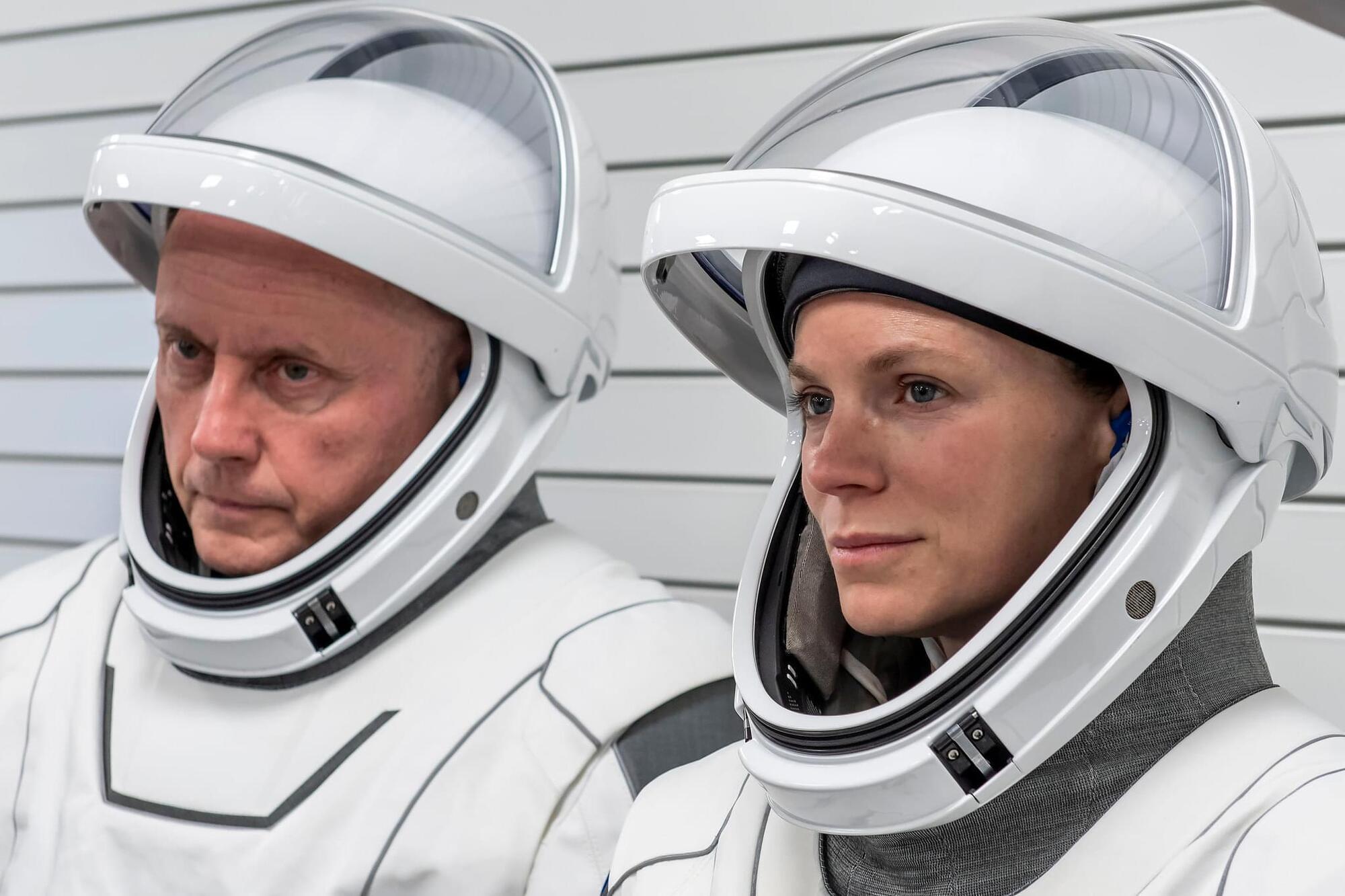
NASA astronauts Michael Fincke and Zena Cardman will connect with students in Ohio as they answer prerecorded science, technology, engineering, and mathematics (STEM) questions aboard the International Space Station.
The Earth-to-space call will begin at 10:15 a.m. EDT on Wednesday, Aug. 27, and will stream live on the agency’s Learn With NASA YouTube channel.
Media interested in covering the event must RSVP by 5 p.m., Monday, Aug. 25, to Mary Beddell at: 330−492−3500 or at [email protected].
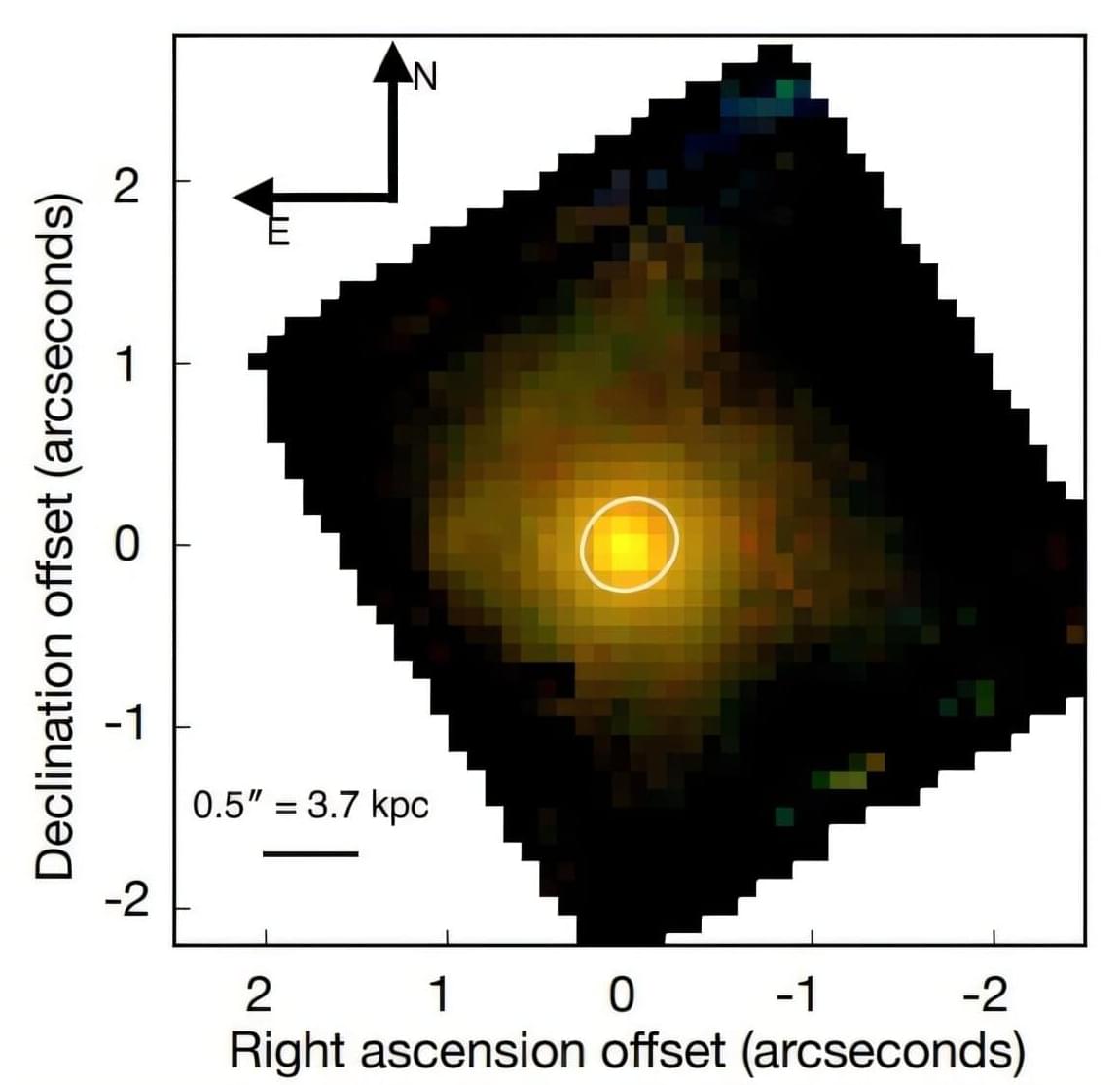
Using the James Webb Space Telescope (JWST), astronomers have conducted spectroscopic observations of a high-redshift galaxy known as XMM-VID1-2075. Results of the observational campaign, presented August 14 on the pre-print server arXiv, suggest that XMM-VID1-2075 is a massive and evolved slow-rotator.
The so-called “slow-rotators” represent a small fraction of the most massive galaxies, which stopped forming stars and are dispersion-supported systems. Such galaxies are highly evolved and often exist in dense cluster environments.
To date, no slow-rotators have been confirmed from stellar kinematics beyond the redshift of 2.0. It is generally assumed that at high redshifts, these slow-rotating systems are predicted to be rarely found.